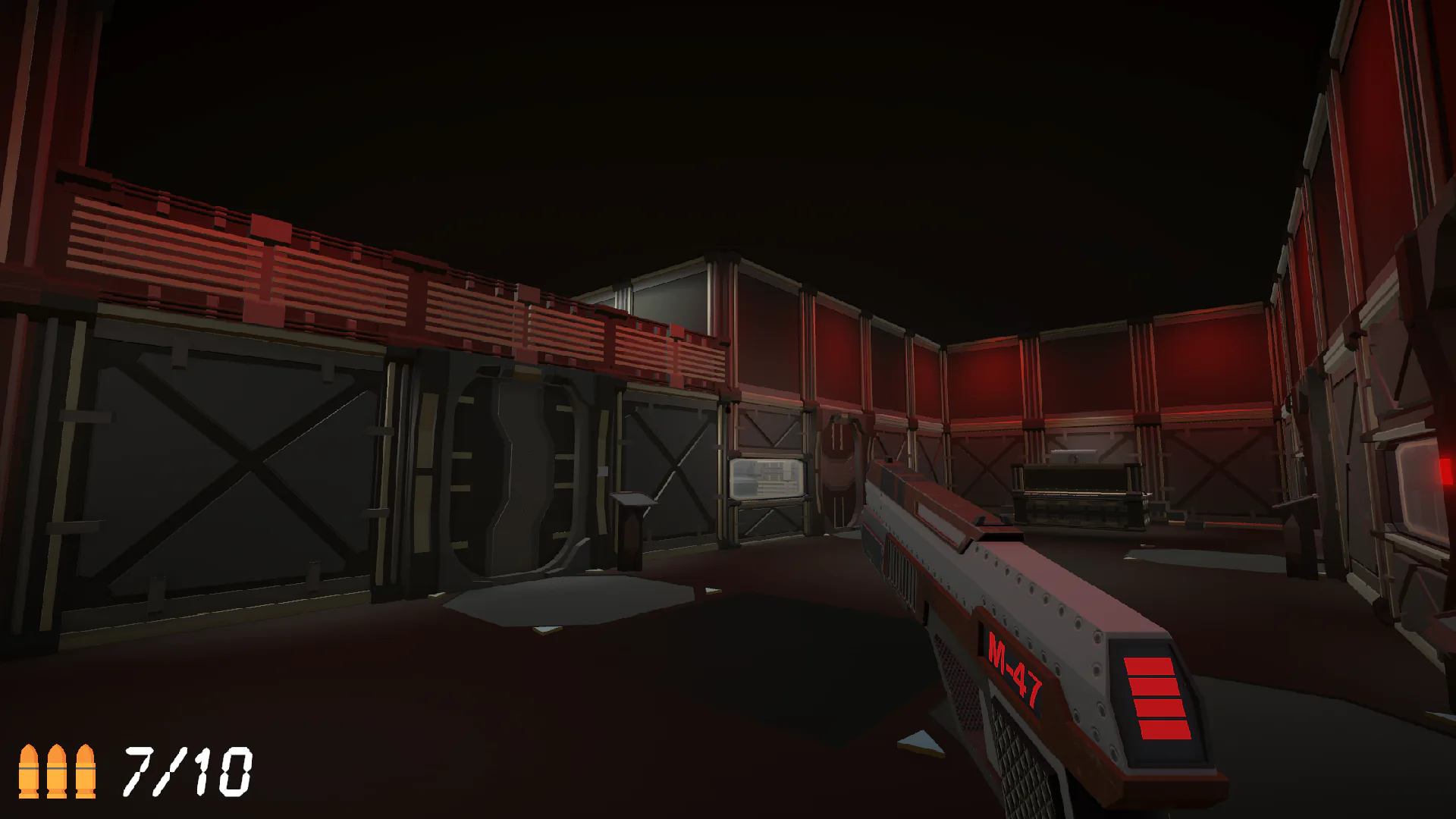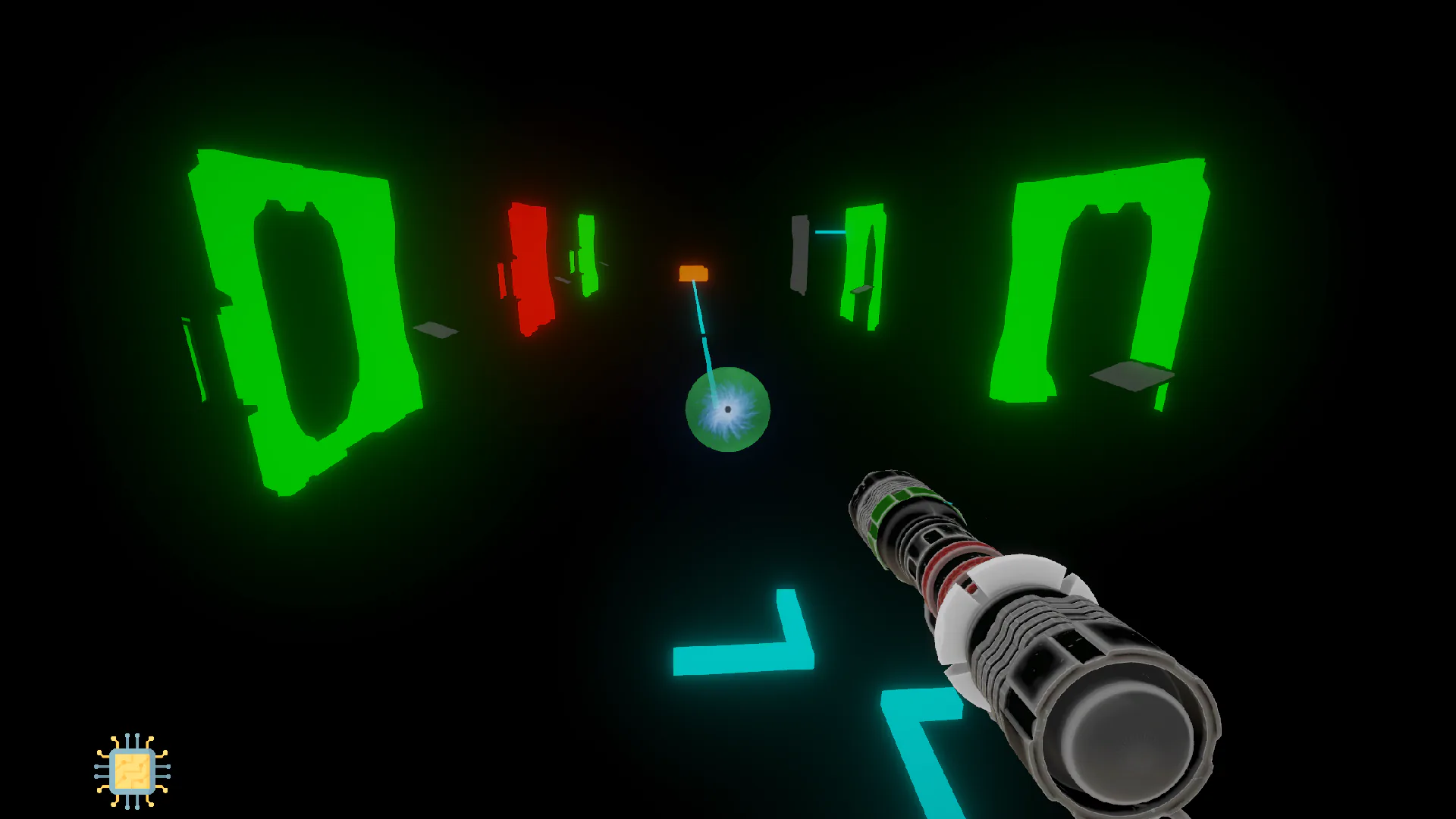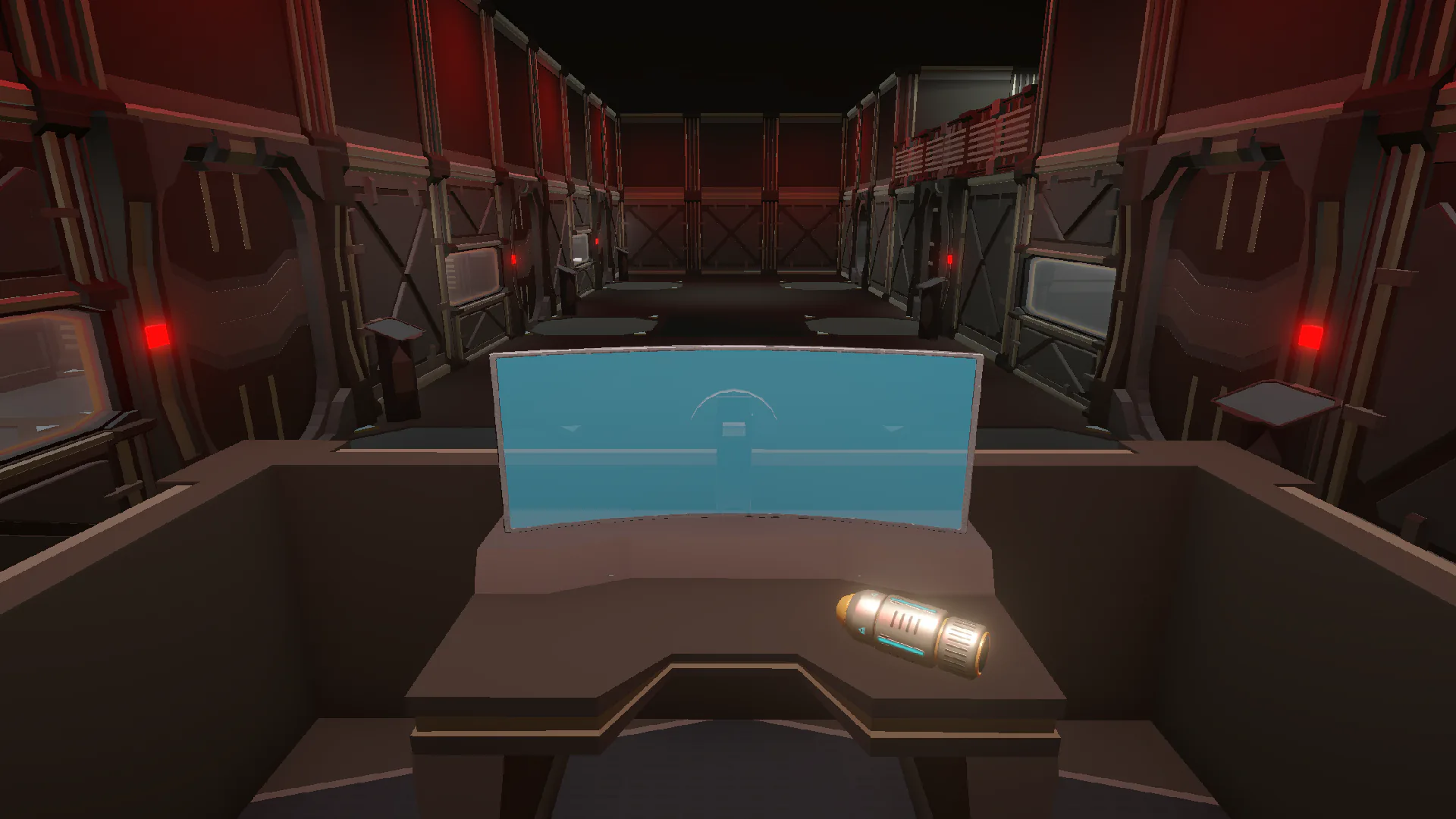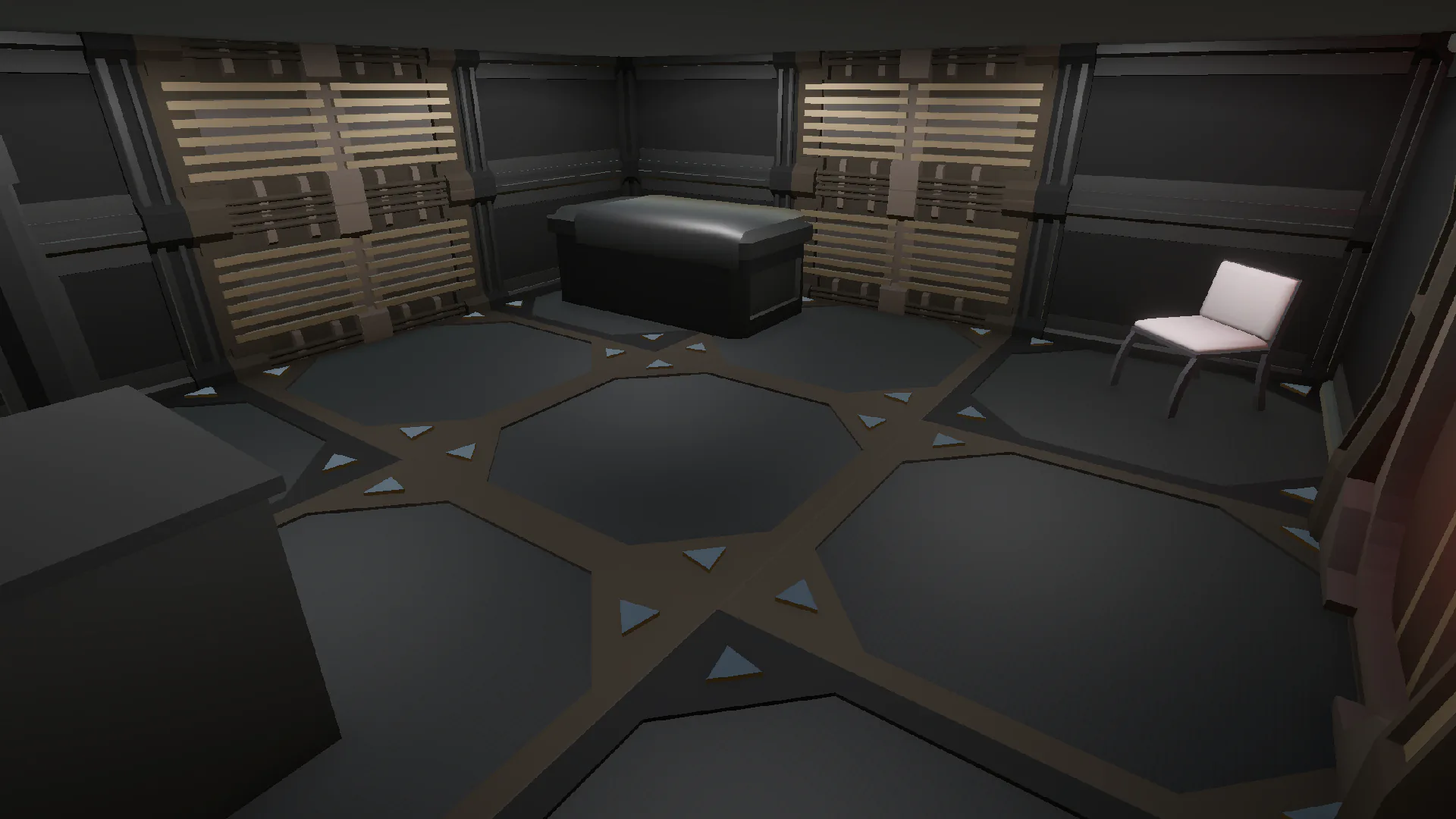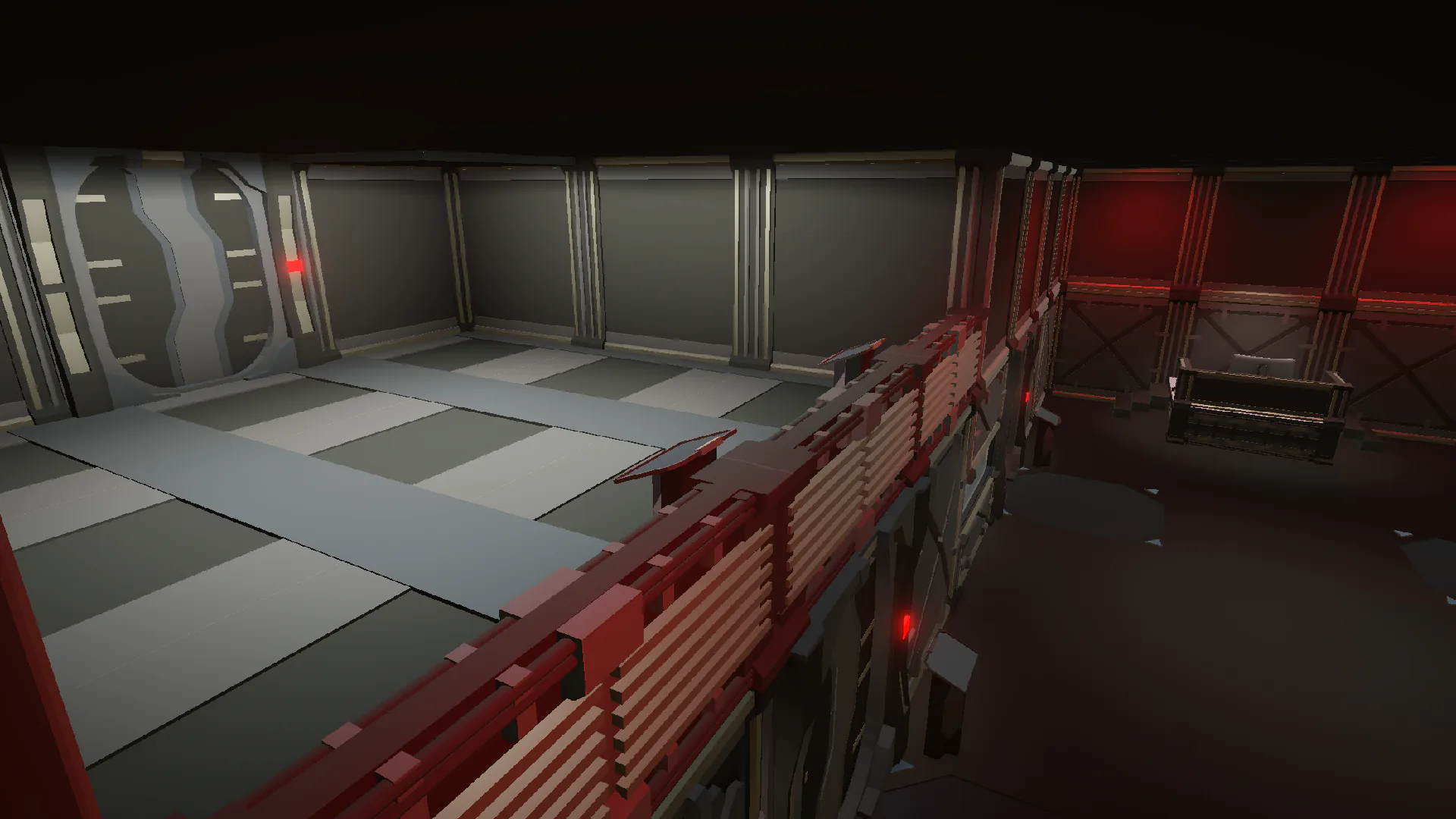Jonah Perry | Level Designer
Rewire
Project Summary
Rewire is a puzzle FPS level, the culmination of several prototypes exploring mechanics and gameplay systems that built on the theme ‘discovery’. Rewire's core mechanic is the ‘circuit manipulation’ system that allows players to reveal and interact with large circuits within the environment, open doors, create cover, control turrets, and more. The playable high fidelity level, created for this project, was designed to demonstrate the core elements of a larger game concept. Within the level, the player must break out of their holding cell, acquire an upgrade to their tool and escape the prison area.
Responsibilities
My responsibilities within the project were:
-
Designing the core mechanic based on the theme ‘discovery’.
-
Creating a vertical slice prototype and high fidelity prototype.
-
Designing the level, including outlining the level’s beats and puzzles.
-
Creating a level blockout in-engine and replacing blockout geometry with final high-fidelity assets.
-
Designing and programming systems for ‘circuit manipulation’, and the characteristics and interaction modes for the player’s tool.
Development Overview
Rewire initially started as a 3D prototype for the Muzzle Flash project, however, early in the development of the vertical slice it became clear that changes could be made to the game’s core mechanic to better suit a 3D game. These changes offered the chance to develop a new game concept which grew into Rewire.
The assignment that Rewire was developed for, required the creation of a vertical slice before moving on to creating a final high-fidelity prototype. Within Rewire’s vertical slice, I implemented the character, camera, and controls for the game and prototyped the core circuit manipulation mechanic with a basic circuit puzzle. A rudimentary structure of the final level design was also present in the vertical slice, however later iterations would compact the design into a smaller area, to place more focus on circuit manipulation and remove needless empty space.
The balance between puzzle complexity and level pacing also changed through development. Initially, the circuit puzzles were designed to be more complex, requiring more time to complete, thus creating a slower gameplay pace. However, after wanting to offload some of the initial abilities of the player’s circuit tool, the level’s structure changed to that of a metroidvania, placing greater focus on exploration and increasing the pace of the game.
Once the vertical slice was feature complete, the project moved on to the high-fidelity prototype. Here, backend systems were refined, particularly the interaction system which allowed the circuit elements to communicate and change state based on player interactions within the level. External high-fidelity assets were also implemented for the UI and props, and to replace the level’s blockout geometry. The high-fidelity prototype also underwent playtesting to identify any major areas for improvement.

